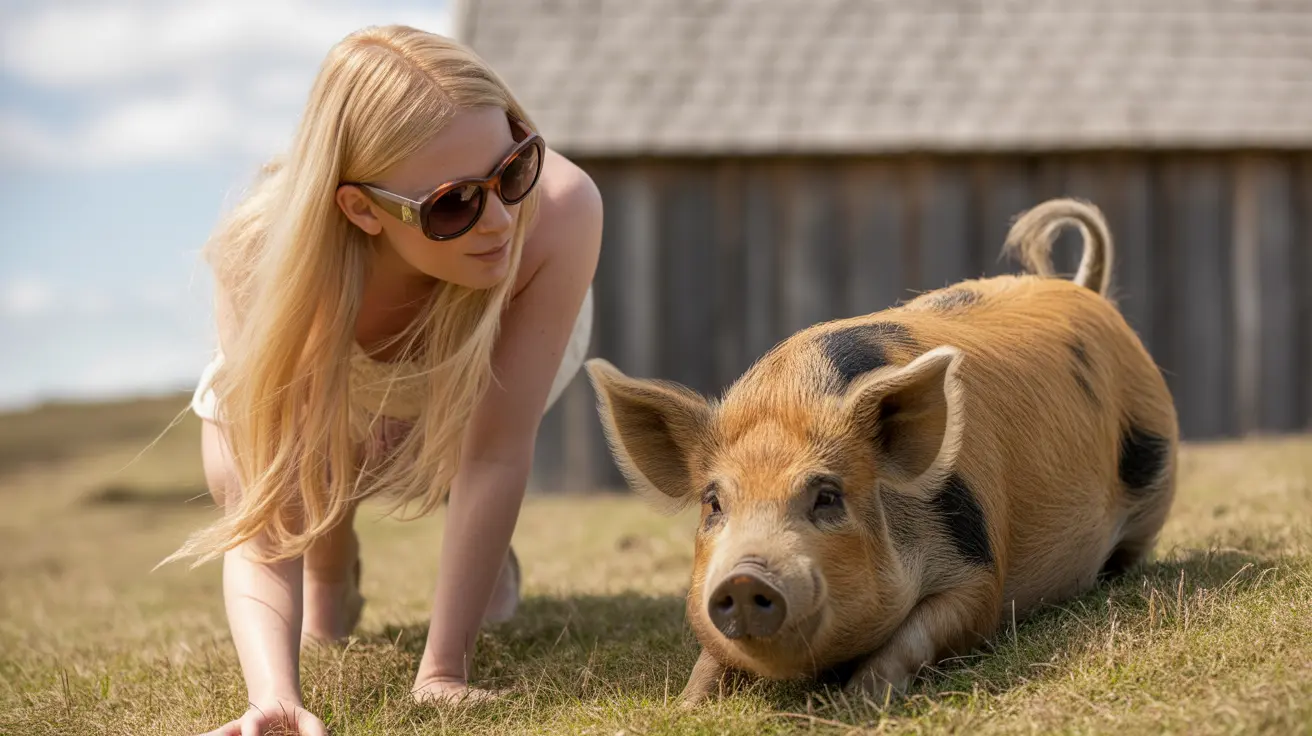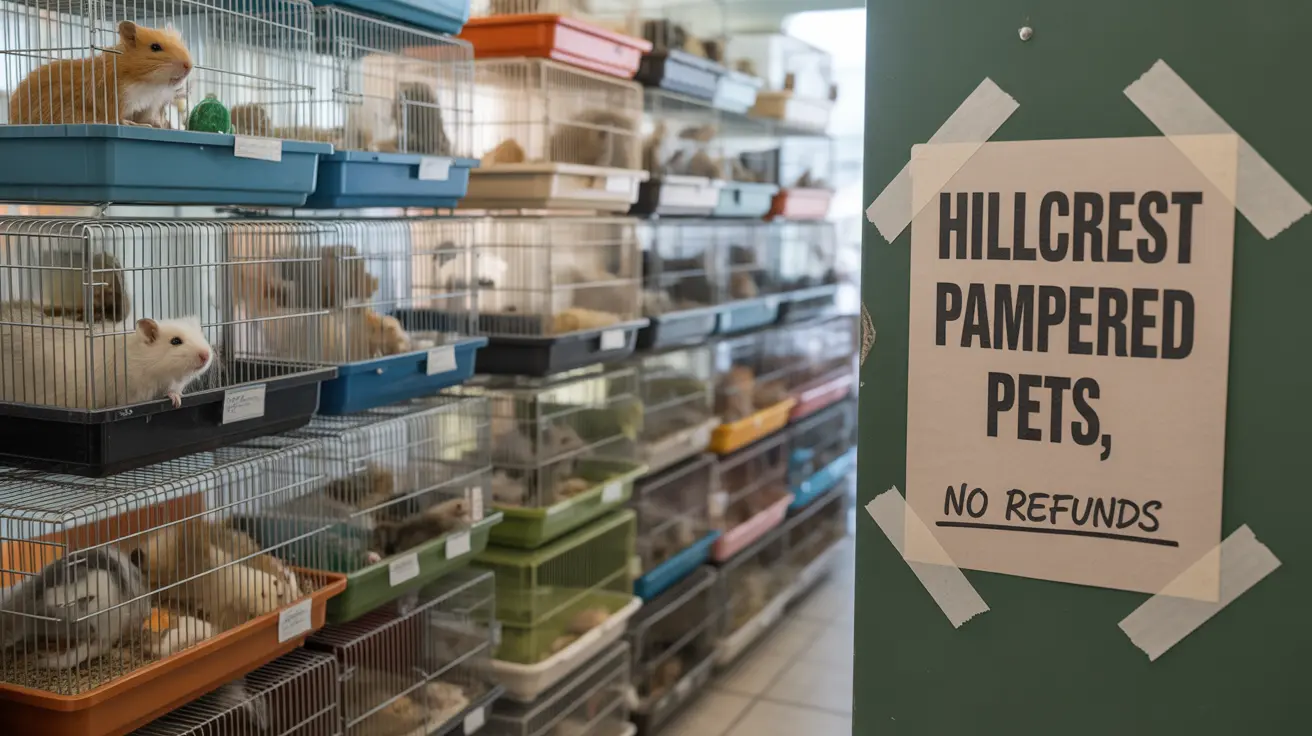Is Salmon Safe for Dogs? A Detailed Guide
Salmon can be a healthy addition to your dog's diet when prepared and served correctly. Let's explore the benefits, risks, and best practices for feeding salmon to dogs so you can make informed decisions about your pet's nutrition.
Why Salmon Can Be Good for Dogs
This fish is packed with nutrients that support canine health. It offers:
- High-quality protein for muscle development, tissue repair, and immune support.
- Omega-3 fatty acids, which help with brain function, reduce inflammation, promote heart health, and improve skin and coat condition.
- Vitamins B12 and D, plus minerals like selenium, potassium, and magnesium—essential for overall wellbeing.
Some commercial dog foods use salmon as an alternative protein source for pets with allergies to chicken or beef. Even puppies can enjoy salmon if it's properly cooked, deboned, and served plain in the right portion size.
How to Serve Salmon Safely
- Avoid raw or undercooked fish. Raw salmon may contain parasites such as Neorickettsia helminthoeca (the cause of salmon poisoning disease), especially in the Pacific Northwest. This illness can be fatal without treatment. Symptoms include vomiting, diarrhea, fever, lethargy, swollen lymph nodes, and dehydration. Cooking the fish thoroughly destroys these threats.
- Remove all bones. Salmon bones are small and brittle—they can choke your dog or get stuck in their digestive tract.
- No seasoning or additives. Skip oil, butter, salt, pepper, garlic, onions, or any other flavorings. Serve only plain, boneless cooked fillets. Canned salmon in water (no added salt) is sometimes acceptable; avoid smoked or cured varieties due to high sodium and possible additives.
- Mind the skin. Cooked salmon skin (unseasoned) can be fed occasionally but is high in fat and may accumulate toxins—keep portions small.
- Serve in moderation.
You can feed salmon as a treat or mix small amounts into regular meals. Here are typical weekly portion guidelines:
- Extra-small breeds (2–20 lbs): 1–2 oz
- Small breeds (21–30 lbs): 2–3 oz
- Medium breeds (31–50 lbs): 3–4 oz
- Large breeds (51–90 lbs): 4–6 oz
- Extra-large breeds (>90 lbs): 6–8 oz
Tweak portions based on your dog's individual needs and always start small to watch for adverse reactions like vomiting or diarrhea.
Risks of Feeding Salmon to Dogs
Certain risks come with feeding your dog salmon:
- Toxins & contaminants: Salmon may contain heavy metals (mercury, lead), PCBs, dioxins, furans—even radiation in rare cases. Farmed salmon often has higher contaminant levels than wild-caught fish.
- Bones: As mentioned earlier—always debone!
- Puppies & sensitive dogs: Some dogs have allergies or sensitivities to fish proteins. Watch for signs like itching, swelling, vomiting, diarrhea, skin irritation or chronic ear infections after introducing new foods.
- Certain health conditions: Dogs with pancreatitis or fat sensitivities should avoid fatty fish like salmon unless a vet approves it.
Avoid Unsafe Forms of Salmon
- No smoked/cured/canned-in-brine salmon: High sodium content and possible additives make these options unsafe for dogs.
- No raw sushi/sashimi: Even sushi-grade fish may contain bacteria or unsafe seasonings/marinades for pets.
- No commercial pastes/spreads: These products often contain salt and preservatives unsuitable for dogs.
If You Want Omega-3s Without Salmon…
If you're seeking alternatives to provide omega-3 fatty acids:
- Green-lipped mussels
- Certain organ meats (like brain & eyes)
- Salmon oil supplements*
*Note: Oil supplements may not suit all dogs—especially those with pancreatitis or oil sensitivities. Always consult your vet first!
A Few Final Tips on Feeding Salmon to Dogs
- Select high-quality fresh wild-caught over farmed whenever possible.
- Pace yourself: introduce new foods gradually and monitor your dog closely afterward.
- If you live near areas where salmon poisoning disease exists (Pacific Northwest), keep your dog away from raw fish scraps outdoors—this disease is serious but preventable by avoiding exposure to uncooked fish!
If you’re ever unsure about introducing new foods—or if your dog has special dietary needs—consult your veterinarian before making changes. With proper preparation and moderation,salmon can be a safe treat that supports your dog's health!





